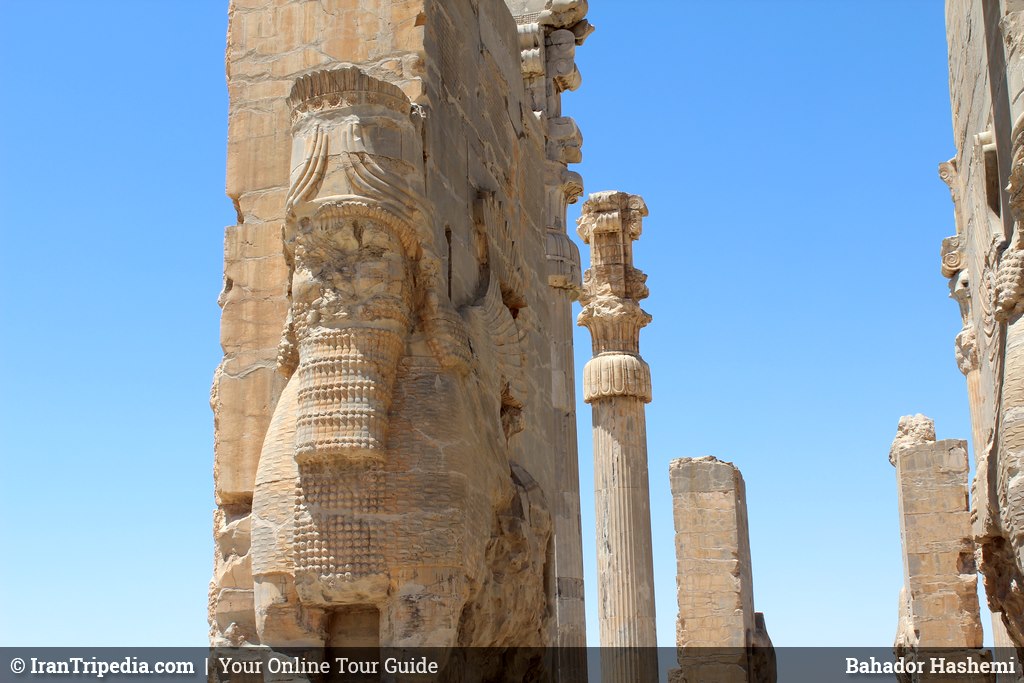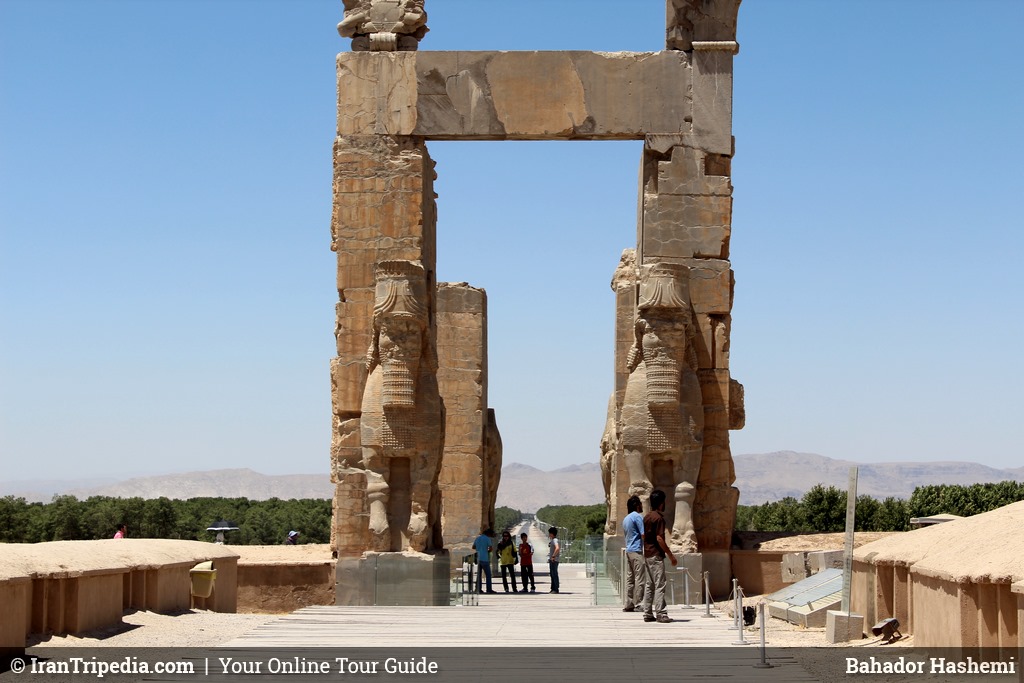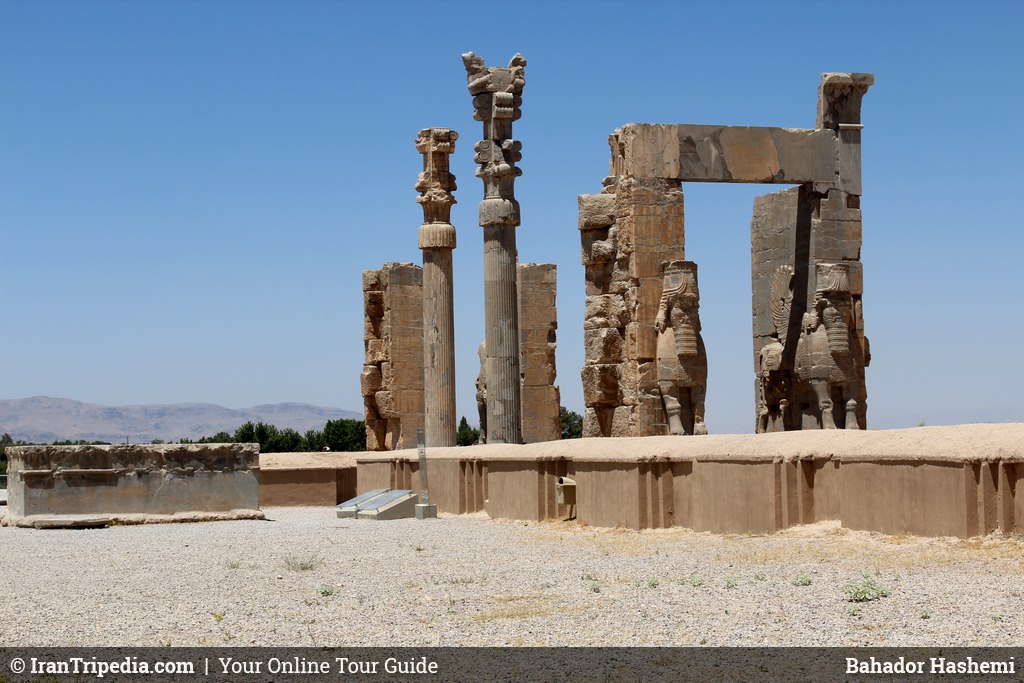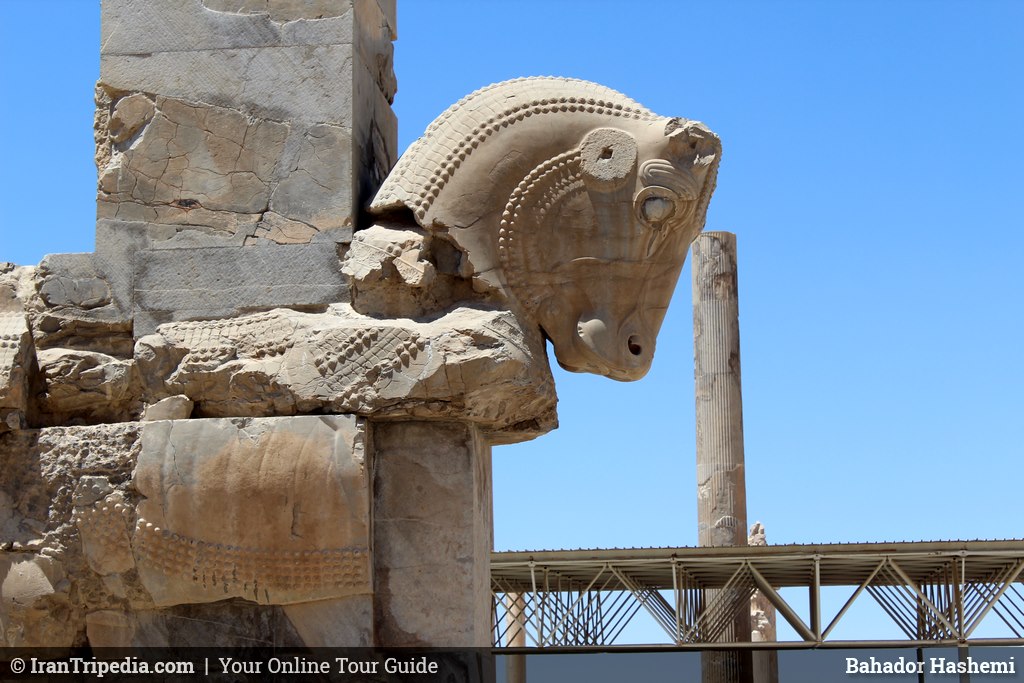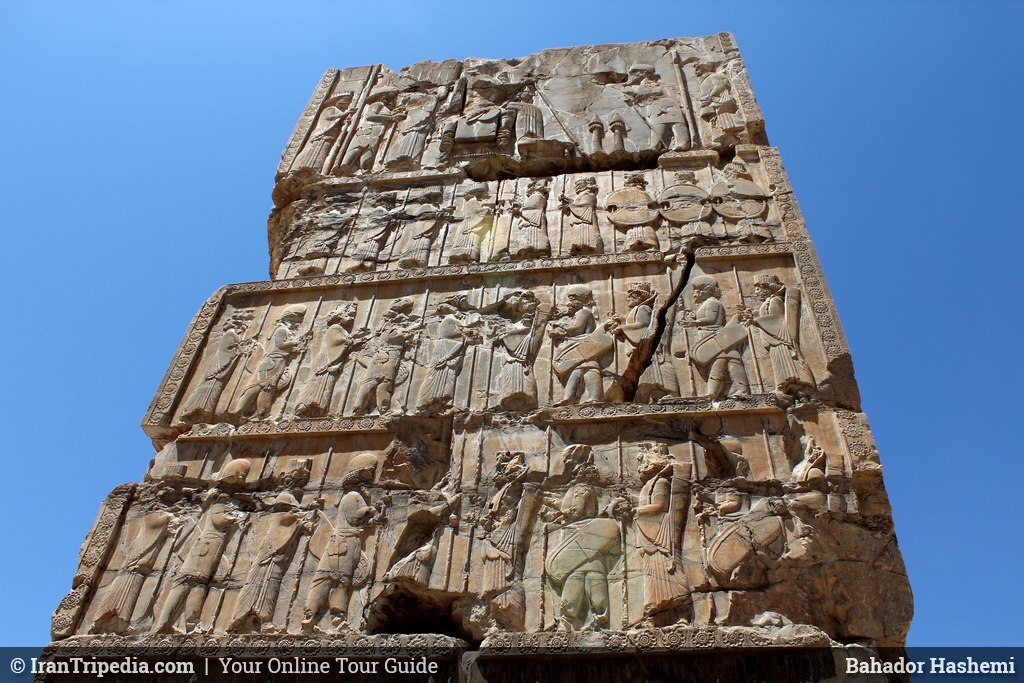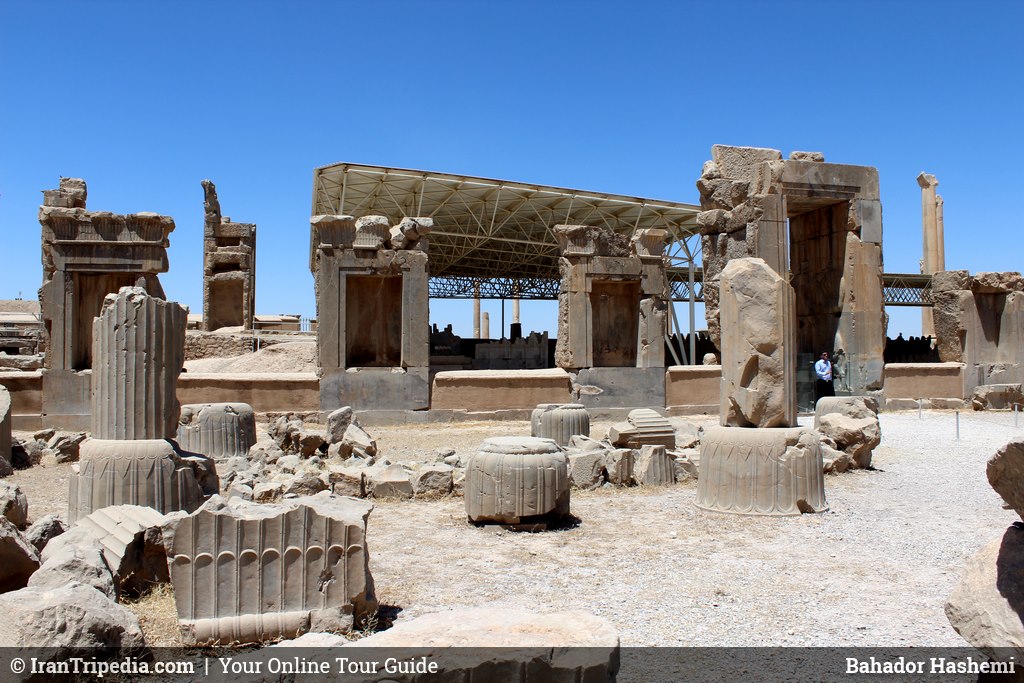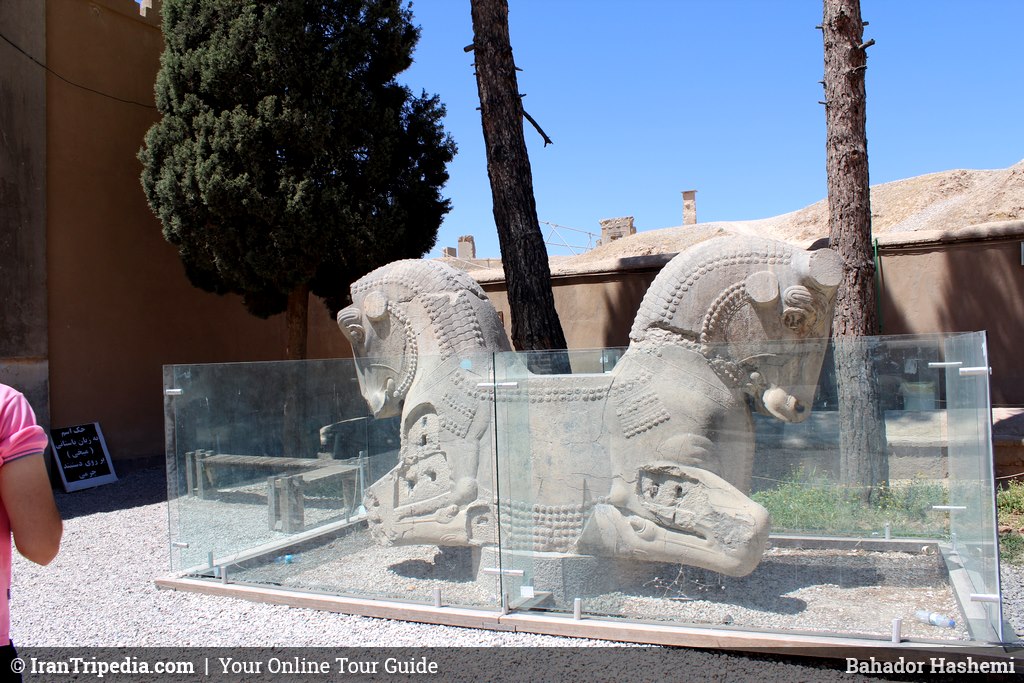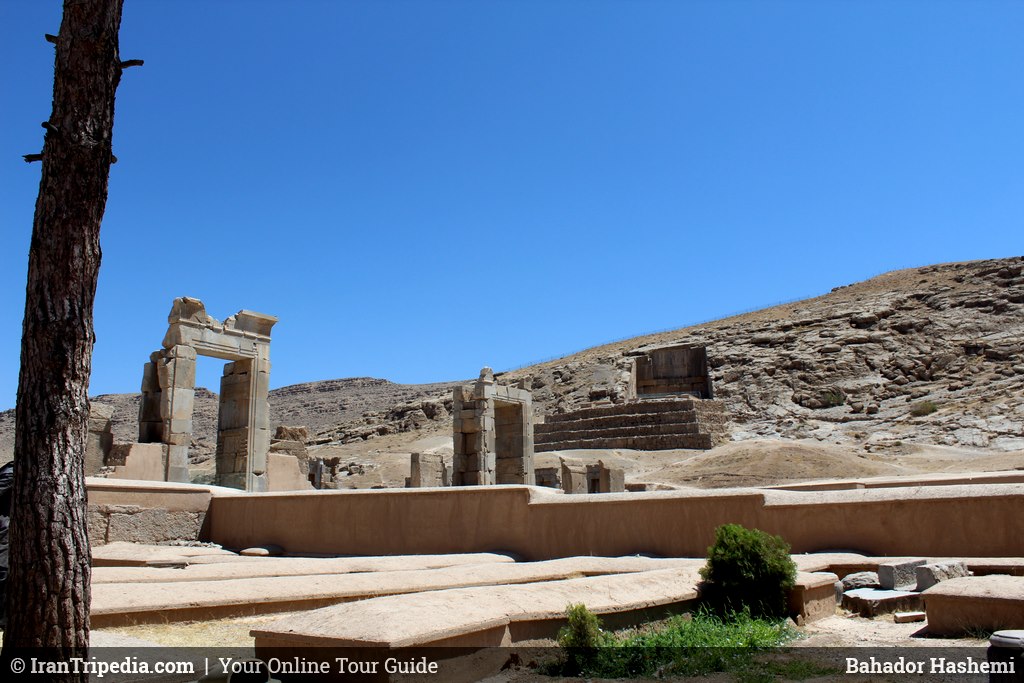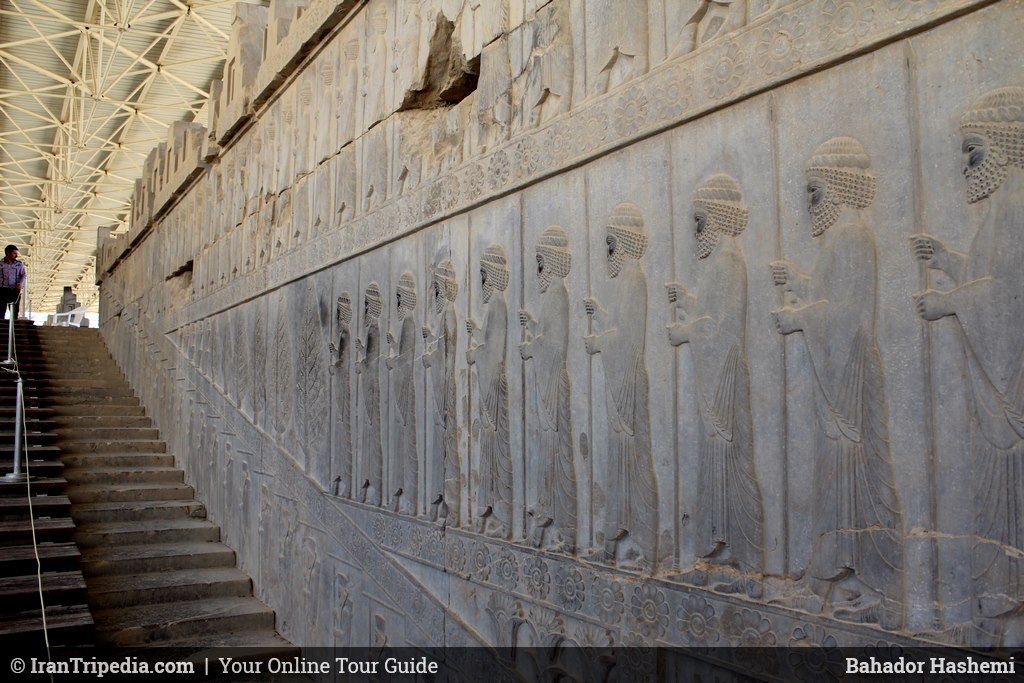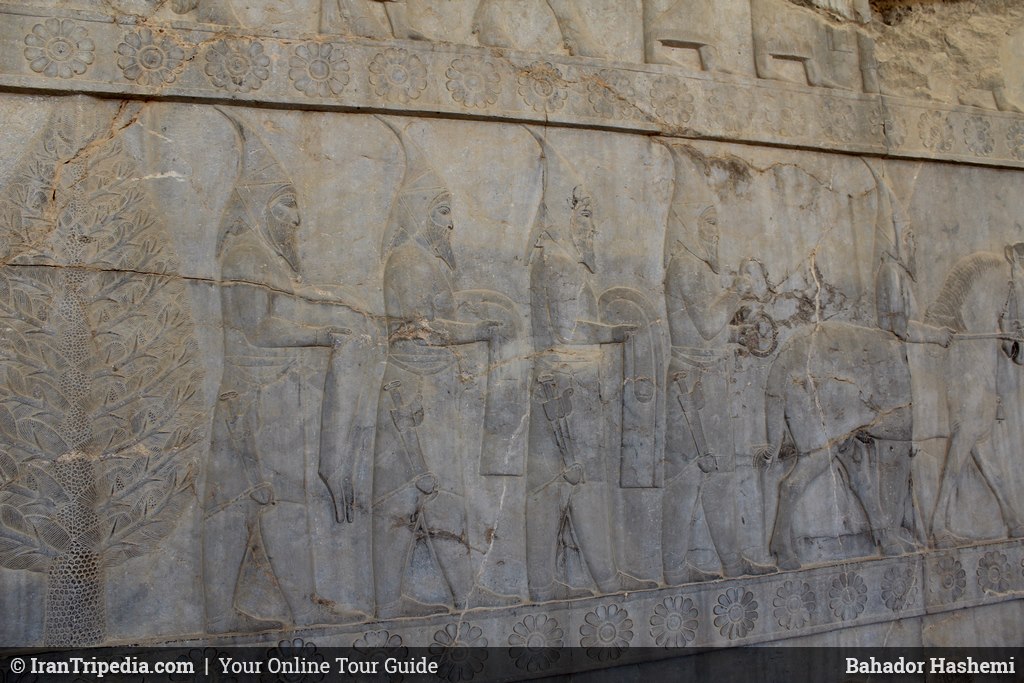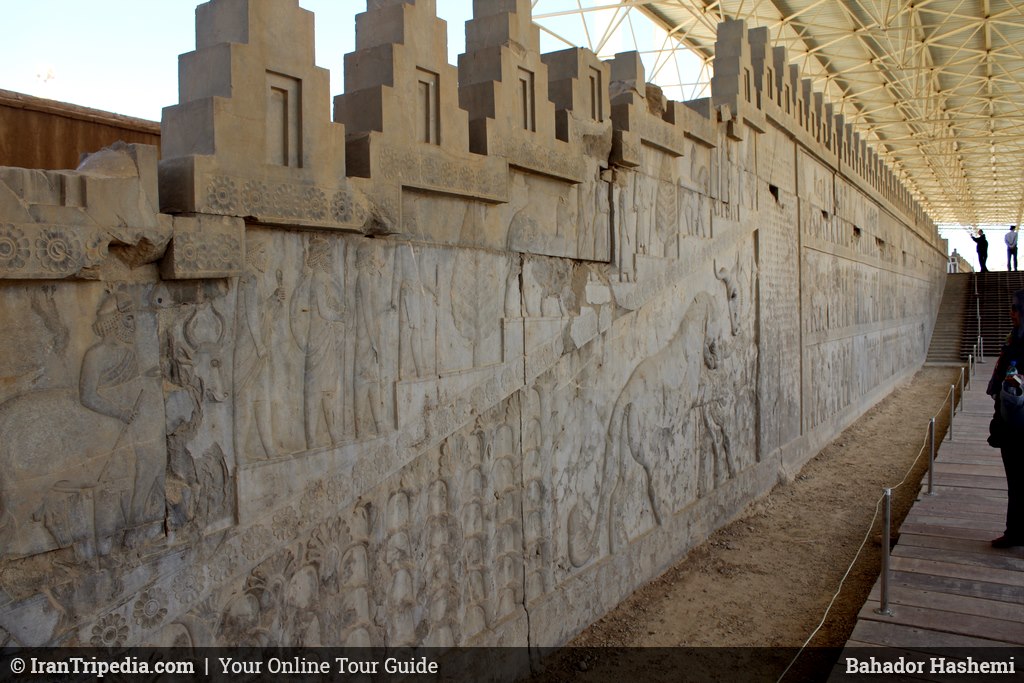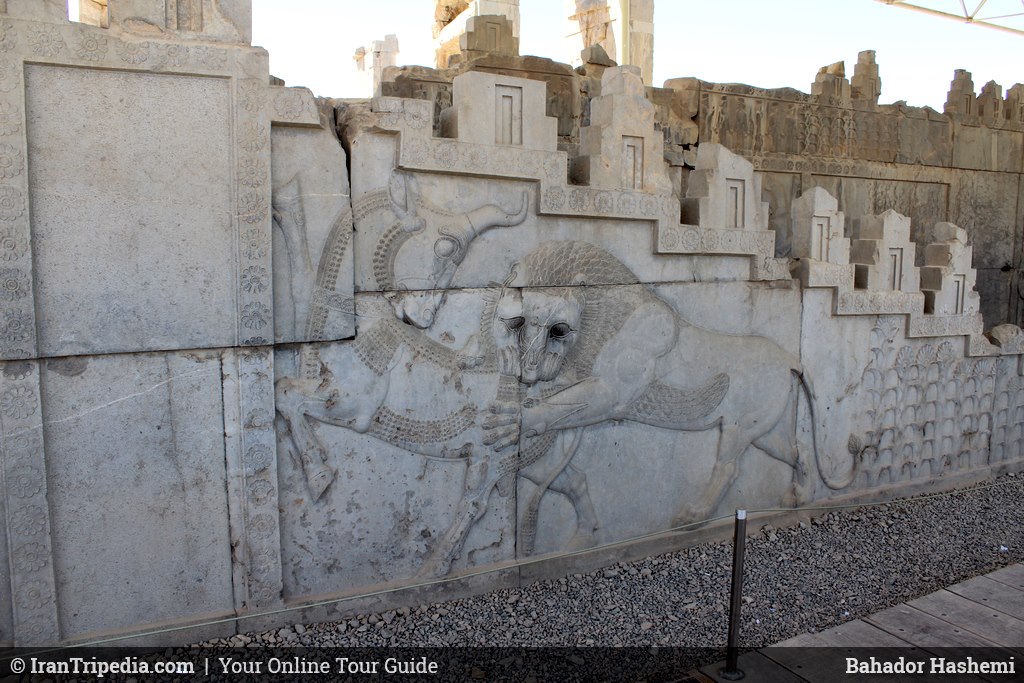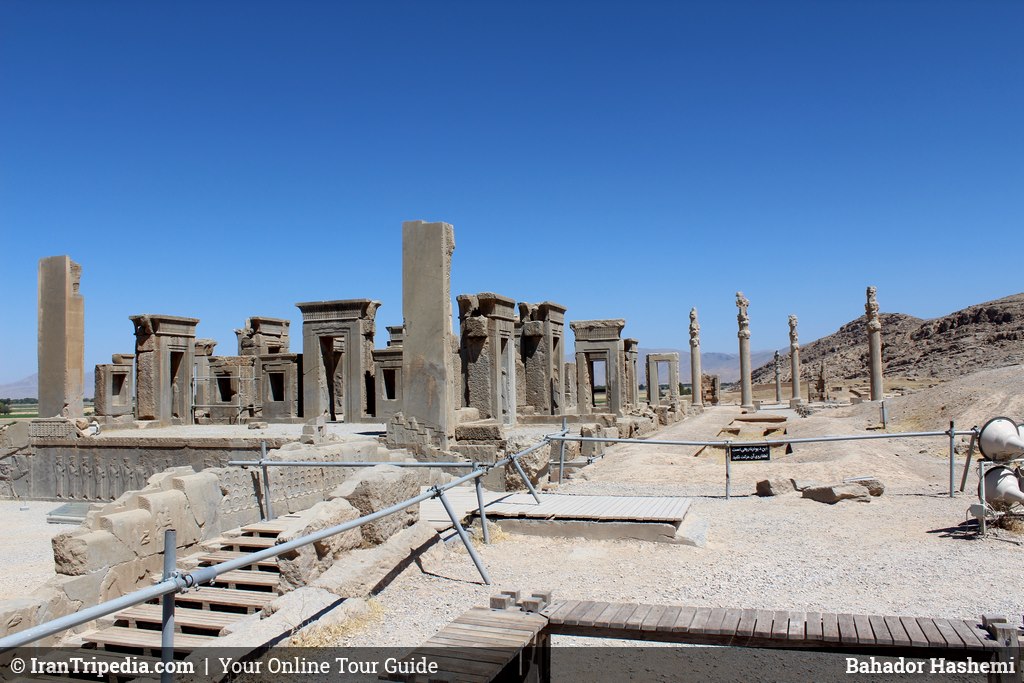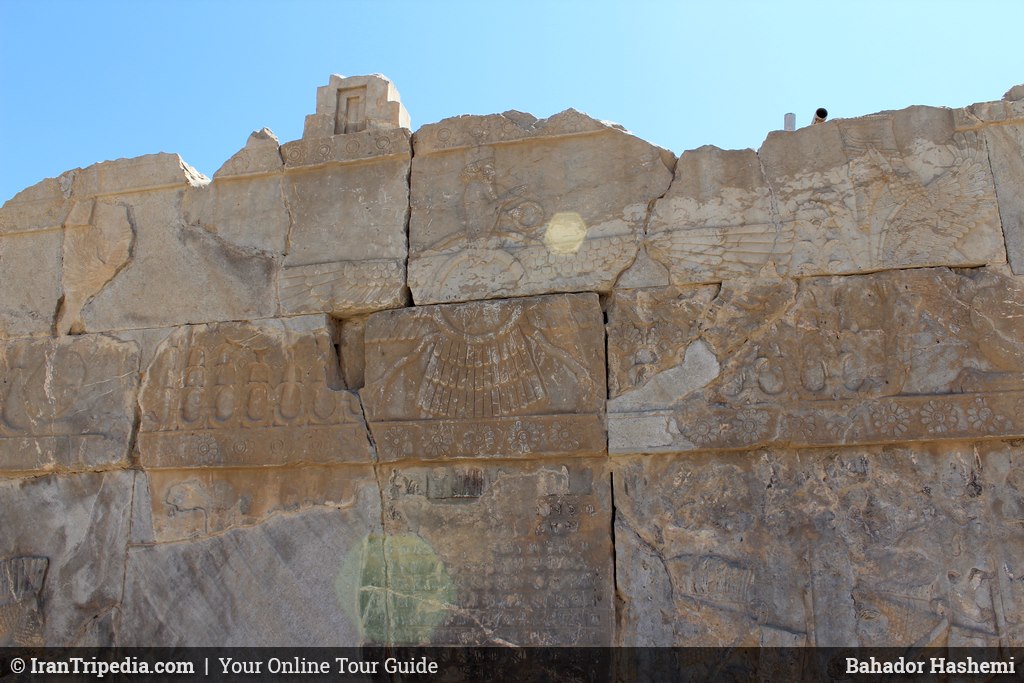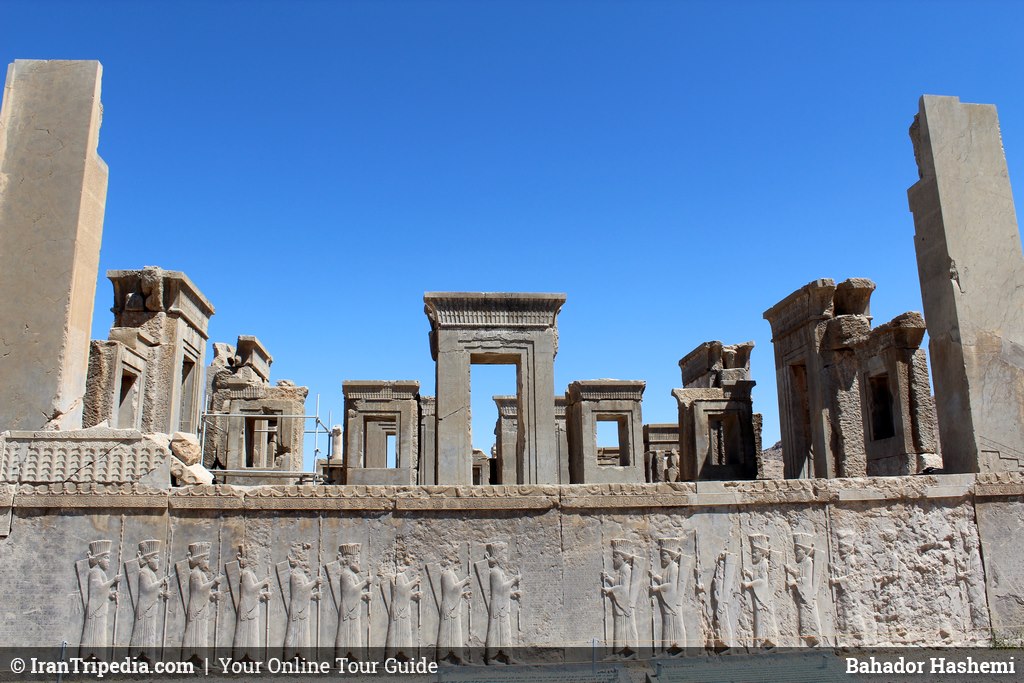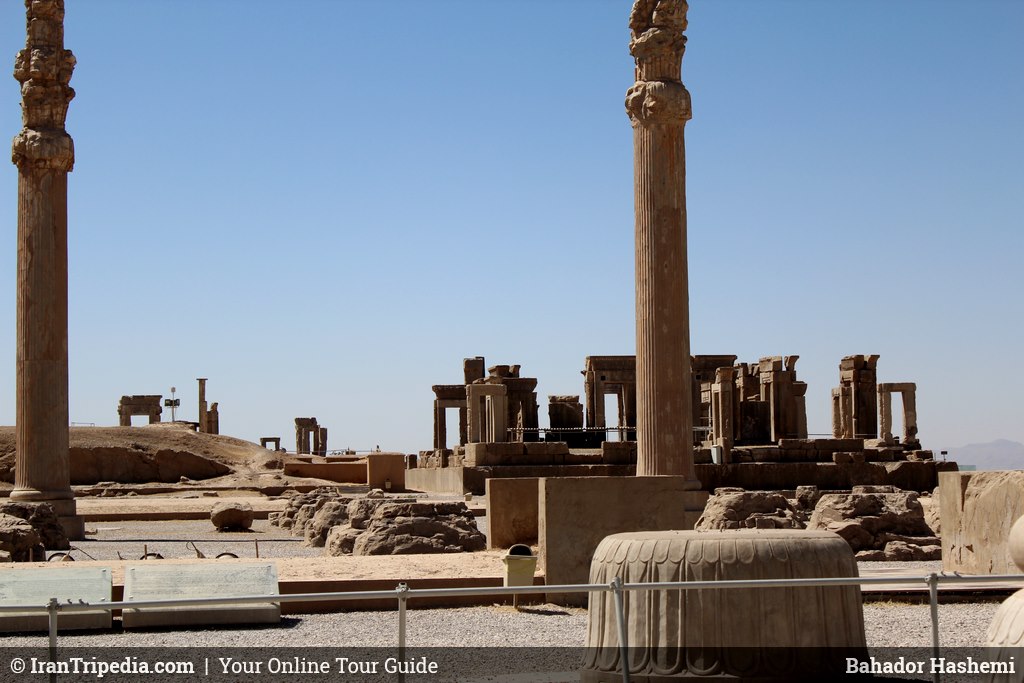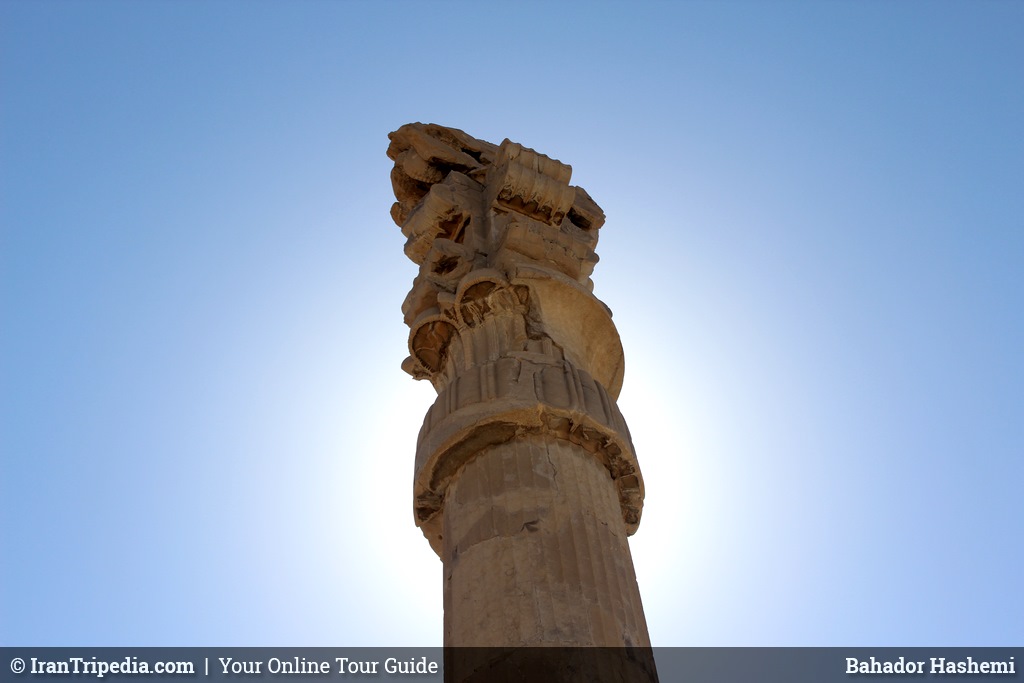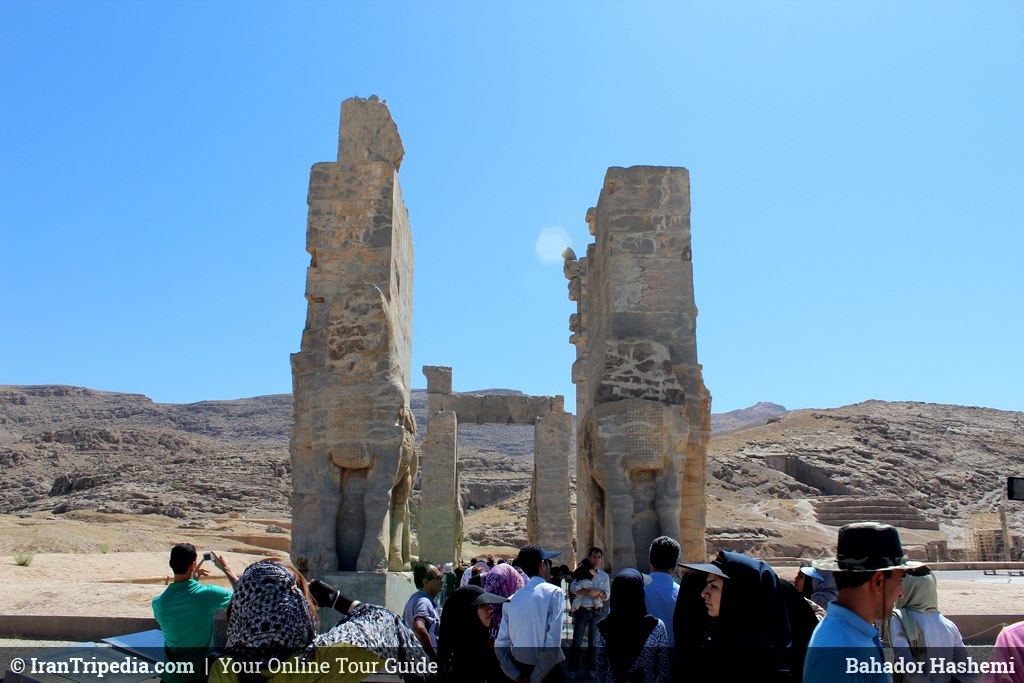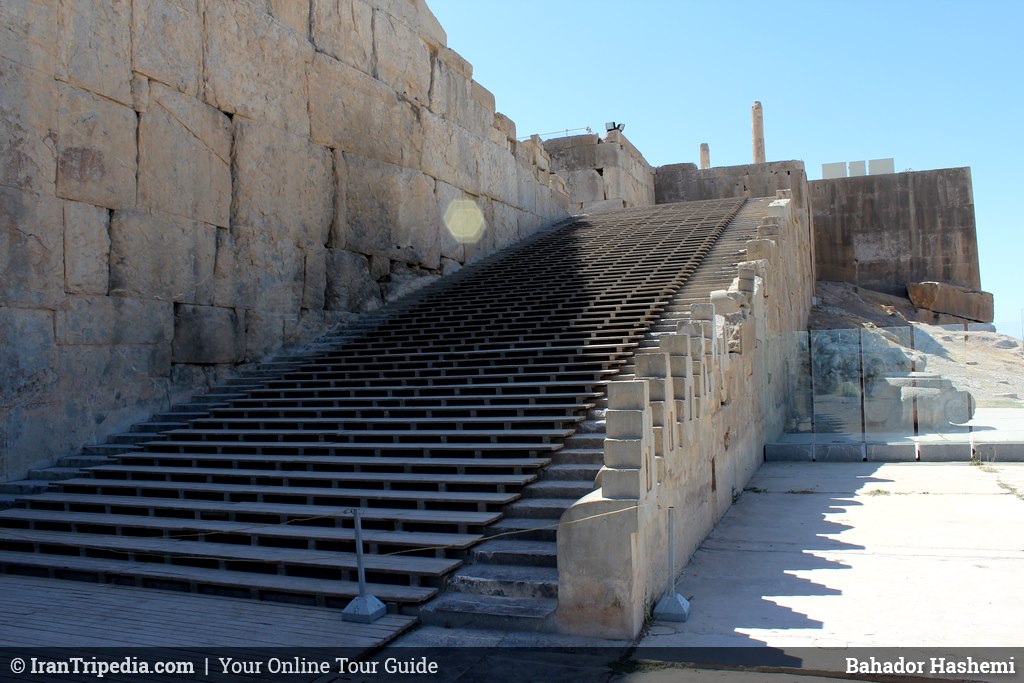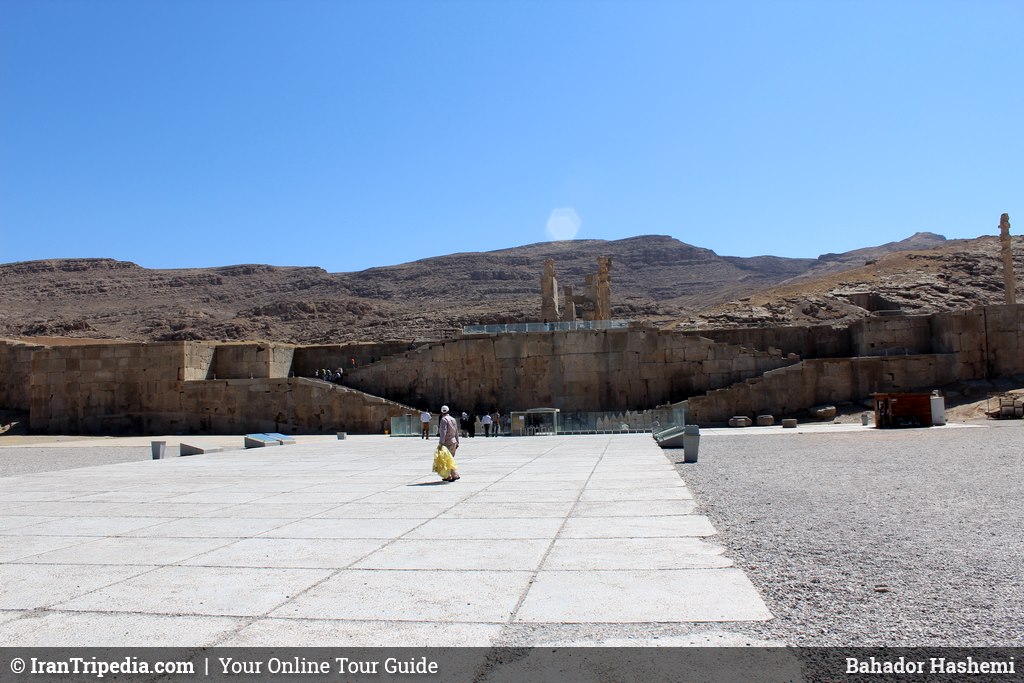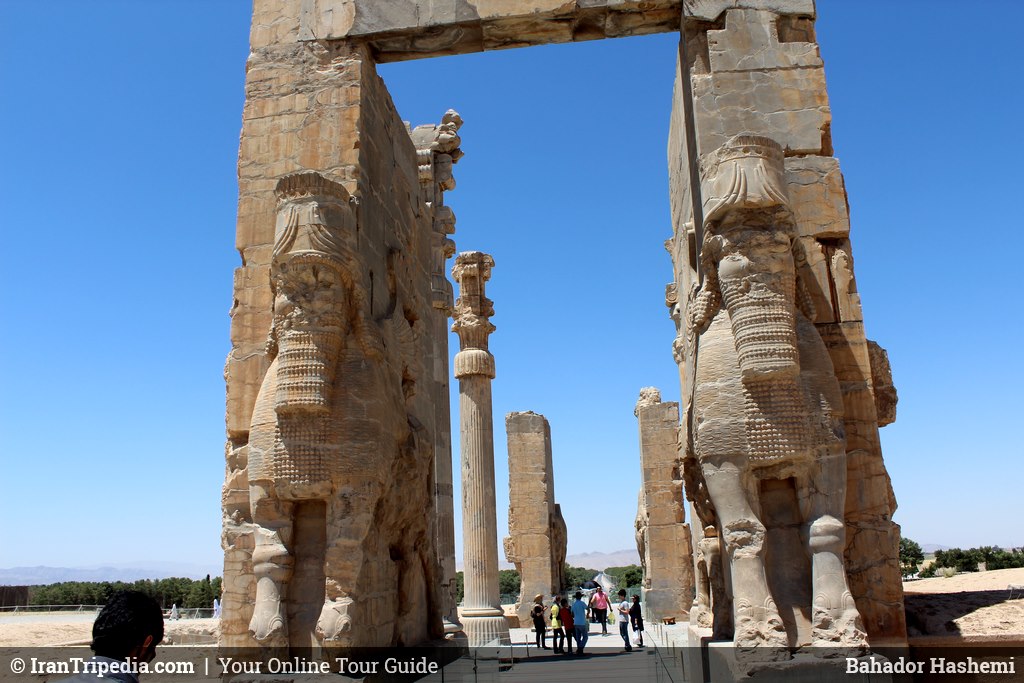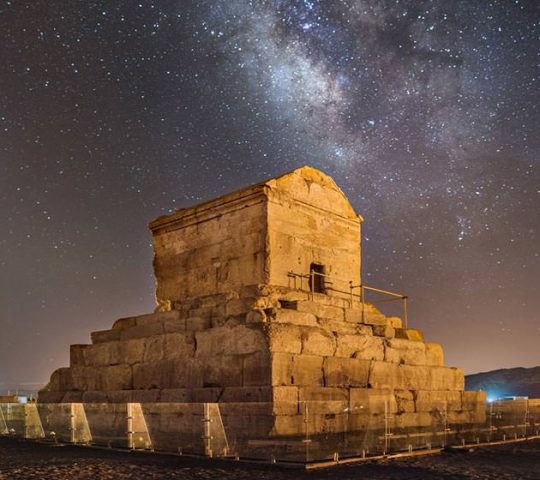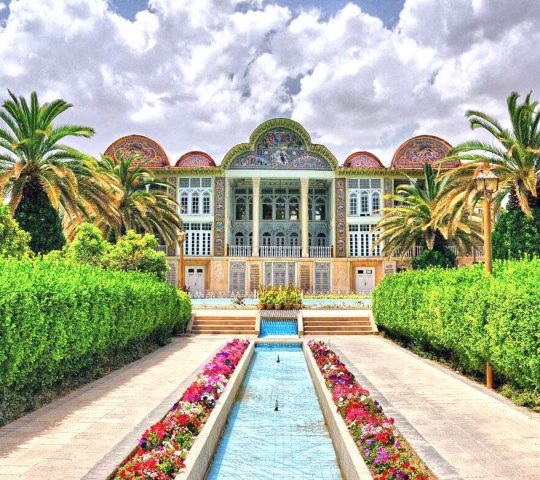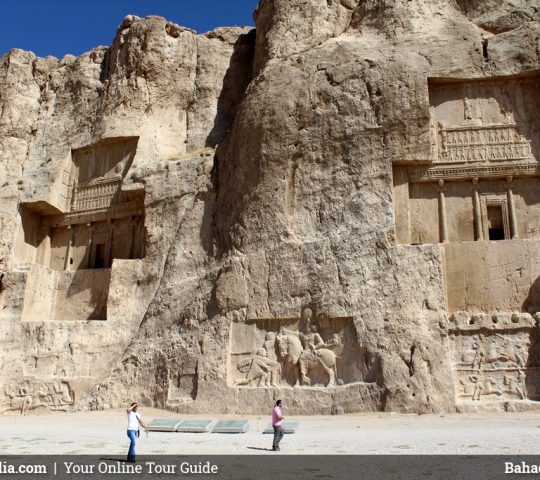Persepolis
Hightlight
-
 Car parking
Car parking -
 Non smoking
Non smoking
Persepolis was the capital of the Persian Empire during the Achaemenid era. It is located about 70 km from the Iranian city of Shiraz (Fars province).
History of construction
Its construction began in 521 a. C. by order of Darush I as part of a vast program of monumental constructions focused on emphasizing the unity and diversity of the Achaemenid Persian Empire, the legitimacy of royal power, and showing the greatness of his kingdom. The works of Persepolis attracted workers and artisans from all the satrapies of the empire and therefore its architecture resulted from an original combination of forms from these provinces that created a Persian architectural style already outlined in Pasargad and that is also found in Susa and Ecbatana. This combination of knowledge also marked the rest of the Persian arts, such as sculpture and goldsmithing. The construction of Persepolis continued for two centuries until the conquest of the empire and the destruction of the city by Alexander III of Macedon in 331 BC.
Structure
The site was visited throughout the centuries by Western travelers, but it was not until the 17th century that the ruins were certified as the ancient Achaemenid capital. Numerous archaeological expeditions have made it possible to better understand the structures, their original appearance, and the functions they fulfilled.
Persepolis comprises a huge palatial complex on a monumental terrace that supports multiple hypostyle buildings that had specific ceremonial, ritual, emblematic or administrative functions: audiences, royal apartments, administration of the treasury, or reception. Near the terrace were other items: royal tombs, altars, and gardens. There were also the houses of the lower city, of which almost nothing visible remains today. Many bas-reliefs carved on the steps and doors of the palace represent the diversity of the peoples that made up the empire. Others enshrine the image of a royal protective, sovereign, legitimate and absolute power, where Xerxes I is designated as the legitimate successor of Darius the Great. The multiple royal inscriptions in the cuneiform script at Persepolis are written in Ancient Persian, Babylonian, or Elamite. They are recorded in various places on the site, intended for the same purposes, and specify which kings ordered the erection of the buildings.
The idea that Persepolis had a solely annual and ritual occupation dedicated to the reception by the king of the tributes offered by the nations of the empire during the Persian New Year ceremonies has long prevailed. We now know for sure that the city was permanently occupied and that it had a central administrative and political role for the government of the empire. The many archives inscribed on clay tablets discovered in treasure buildings and fortifications have established these functions and provide valuable information on Achaemenid imperial administration and the construction of the complex. Persepolis is inscribed on the Unesco World Heritage List since 1979.

